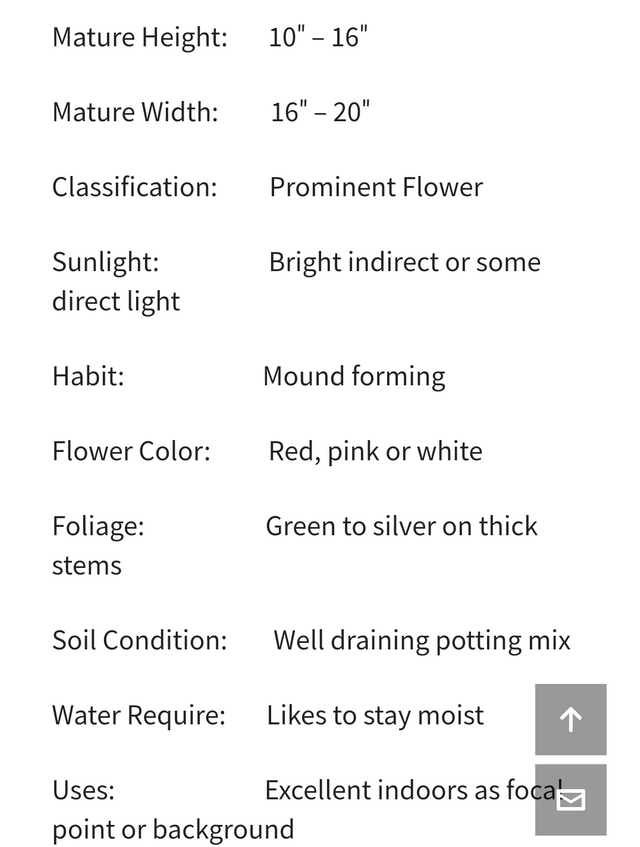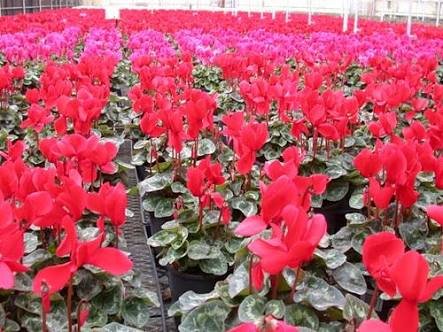Cyclamen is a genus of 23 species of perennial flowering plants in the family Primulaceae. Cyclamen species are native to Europe and the Mediterranean Basin east to Iran, with one species in Somalia. They grow from tubers and are valued for their flowers with upswept petals and variably patterned leaves.

Source
It was traditionally classified in the family Primulaceae, was reclassified in the family Myrsinaceae in 2000,[4] and finally, in 2009 with the introduction of the APG III system, was returned to the subfamily Myrsinoideae within the family Primulaceae.
.jpeg)
Source

Light Requirement of Cyclamen:
Indoors, these does best with bright indirect to bright direct light. An Eastern exposure is ideal, a western window with a curtain works as long as the plant does not receive too much direct light.
.jpeg)
.jpeg)
Watering Cyclamen:
These plants like a happy medium between too dry and too wet; they like to stay evenly moist. These bulbs have a tendency to rot if kept too wet and will lose their foliage if kept too dry.
.jpeg)
History and introduction of Cyclamen:
Native to Europe, Cyclamen belong to the family Primulaceae. Cyclamen are often gifted to loved ones because they are symbolic of affection, appreciation and love. In Europe, these plants grow as a groundcover along the forest floor.
Cyclamen prefer day temperatures to be at or below 68, and night temperatures of 50. These temperatures keep them flowering and looking beautiful for the longest period of time. As they are bulbs, they need a natural dormancy period. After a few months, the flowers and foliage die off, and energy is stored in the below ground tuber. Let the plant and soil dry out completely, and leave it in a cool, dark place. After a few months, thoroughly wet the soil and help the tubers break dormancy. Soon, foliage and then flowers will emerge from the tuber. The tuber will have to be transplanted into a larger container once the roots have filled its current container.
.jpeg)
.jpeg)